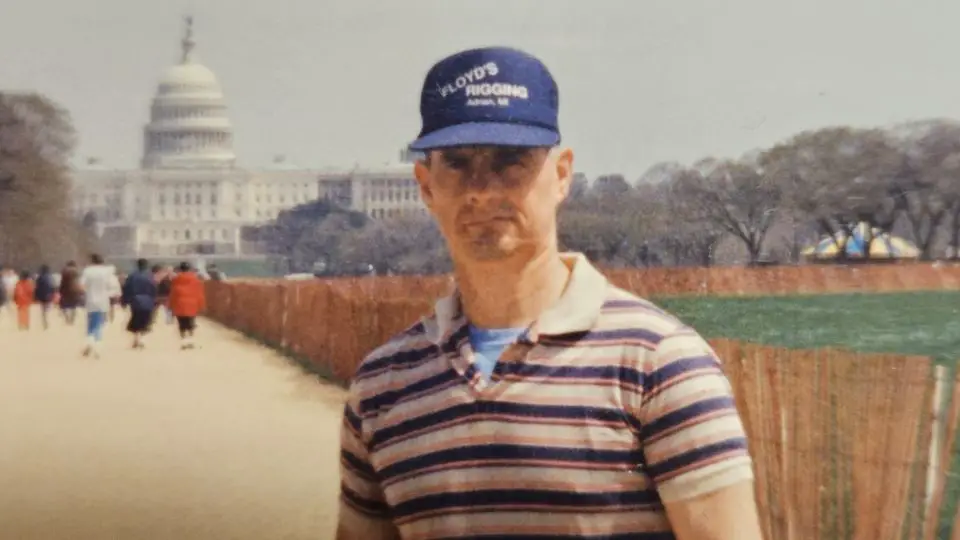November 11, 2009, was an ordinary day for two construction workers on a highway near the historic Hoover Dam on the border of Nevada and Arizona. That is, until something out of the ordinary caught their attention: a human bone.
After noticing the first bone, the workers continued searching the area – and found bone after bone, according to the Mohave County Sheriff’s Office. They were human, the workers concluded.
As responders kept looking, they discovered more: A red t-shirt and pair of blue jeans bleached by the sun. A damaged white towel. A black sneaker and green sleeping bag. A wider search continued in the following days, and more human remains were found.
The recovered items were submitted to the Mohave County Medical Examiner’s Office for further investigation, but the detectives hit a dead end. For years, they searched for a lead, but there was no success.
Forensic genetic genealogy reignites a cold case
Officials began revisiting the case in February 2022 when a Mohave County detective obtained a bone sample from the victim. The sample was later submitted for examination to labs in Arizona and Texas to try and identify the John Doe.
All attempts were met with the same result: no identification. The case went cold.
It wasn’t until this April when Mohave County investigators were notified by Othram Inc., a genetic lab in Texas that specializes in identifying victims in unsolved murders and disappearances, that they received grant funding for the forensic genetic genealogy in the case.
Forensic genetic genealogy can generate leads for unsolved cases by analyzing DNA on top of traditional genealogy research, according to the US Department of Justice.
It combines forensic genetics, or DNA analysis, with conventional genealogy, or one’s family history, for human identification. Othram Inc.’s specialty in forensic genetic genealogy was the missing piece to this 15-year-old puzzle.
In October, Mohave County investigators received a groundbreaking report concluding the John Doe was a descendant of Michigan-based ancestors born in the mid-1800s. From that discovery, a robust investigation followed and investigators found and located possible relatives of the unknown man.
After a series of interviews, investigators learned a man named William Herman Hietamaki had not been seen by his siblings since 1995. Before his disappearance, he was last traveling in the Southwest, his family said.
The compilation of interviews and reference testing with the siblings confirmed the unidentified remains were Hietamaki, according to law enforcement.
Born in 1950, Hietamaki grew up in the Trout Creek, Michigan area, with his family.
He went by his middle name, Herman, and was known for his nomadic lifestyle by those closest to him. Hietamaki stayed in Michigan until he graduated high school and embarked on a traveling journey across the country. Hitchhiking was a cornerstone in his life.
Hietamaki was last seen by his family in New Mexico when he went to visit his sister in 1995.
Through the reference testing, investigators learned Hietamaki suffered from epileptic seizures. The medical examiner’s office could not determine his cause of death due to the state of his remains, but estimated his year of death was between 2006 and 2008.
Forensic genetic genealogy first emerged in 2018, decades after Hietamaki’s disappearance, according to a University of New Haven study. The emerging tool has helped identify unknown victims in hundreds of unresolved cold cases across the country.
For more CNN news and newsletters create an account at CNN.com


Leave a Comment